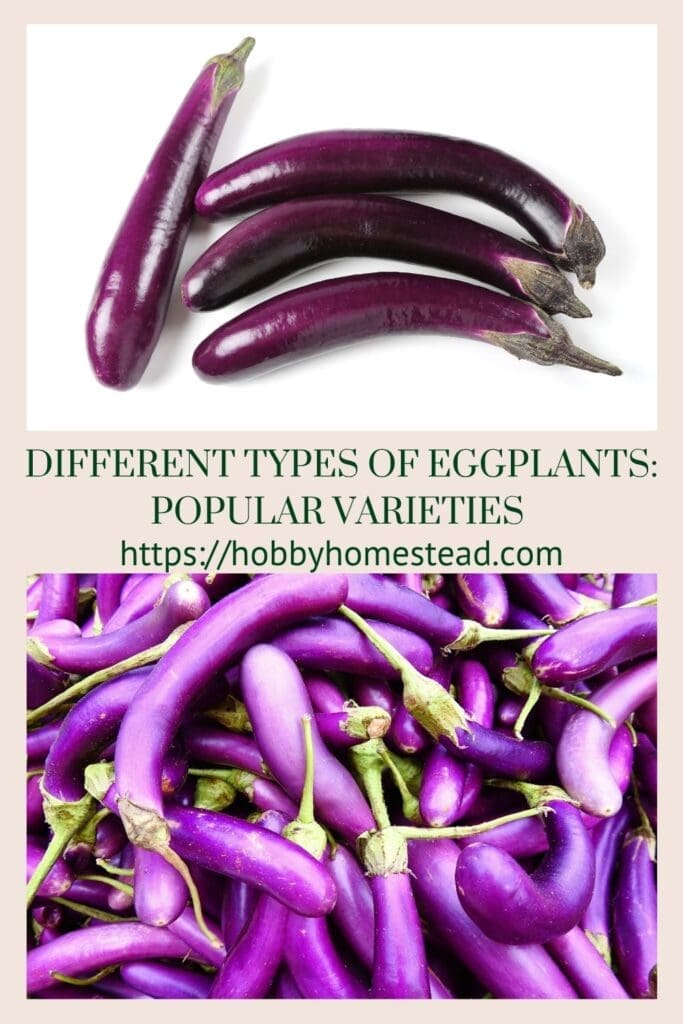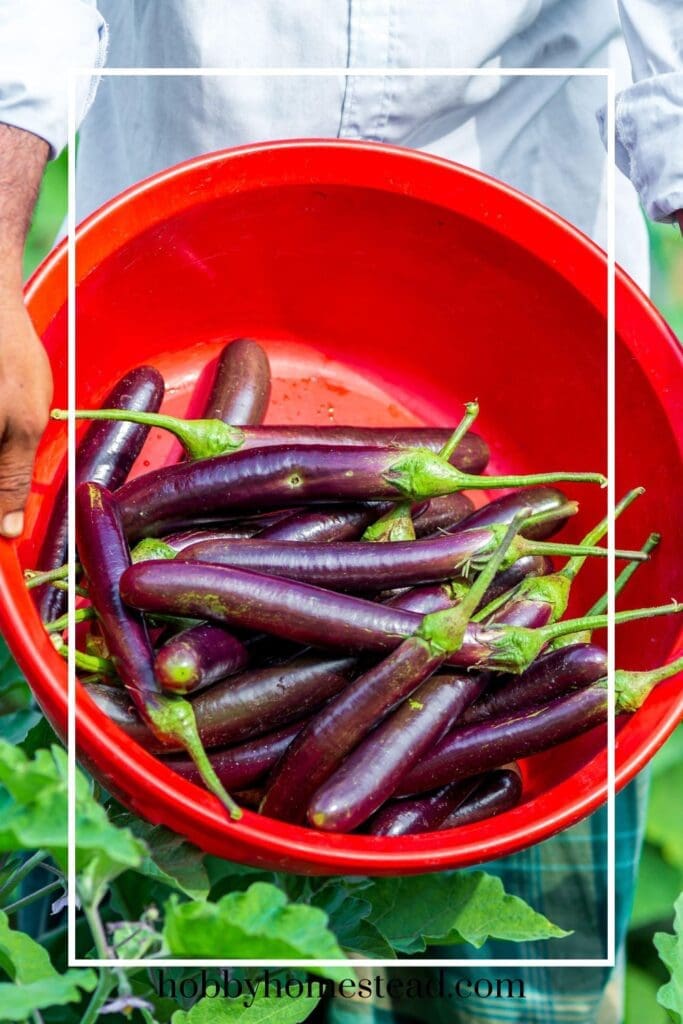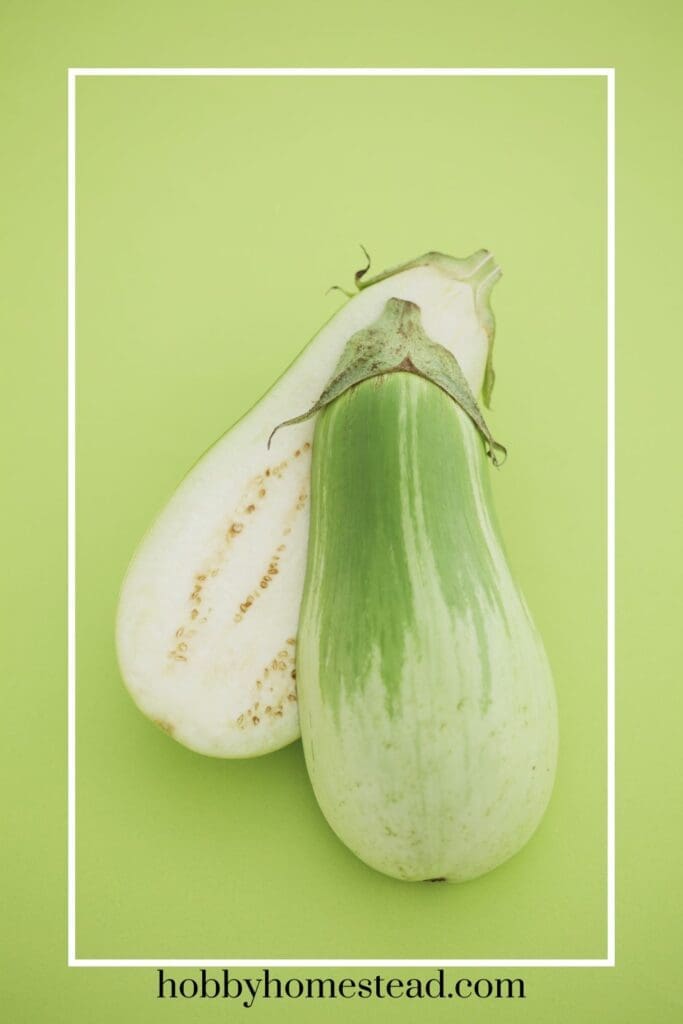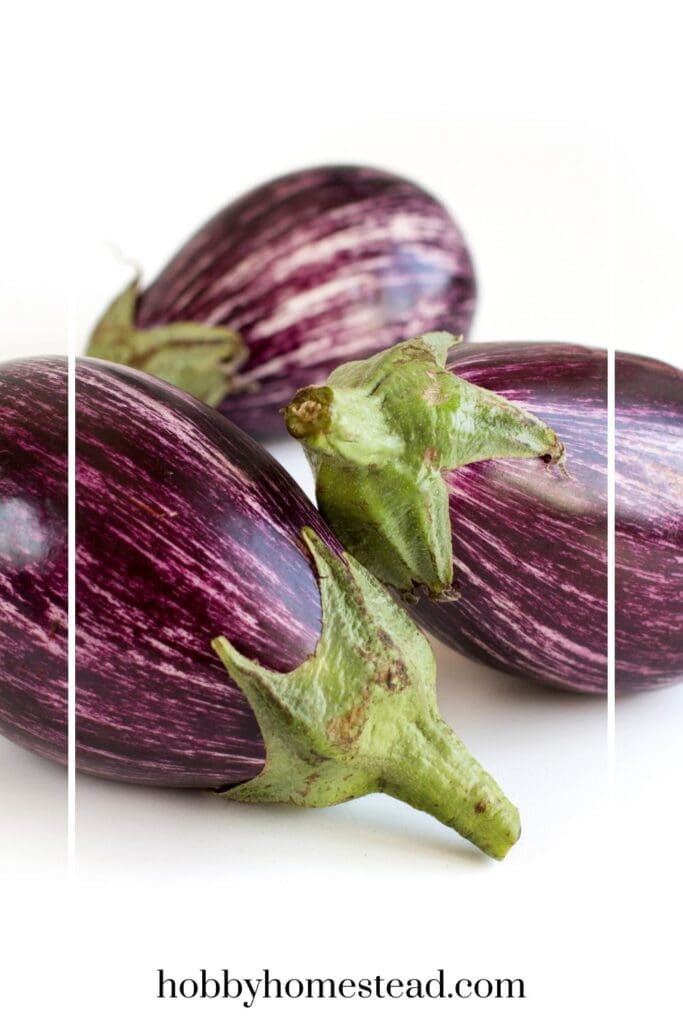Different Types of Eggplants offer a world of flavors, colors, and textures that can transform everything from simple stir fries to classic Italian dishes like eggplant parmesan. Eggplants are one of those vegetables that are as versatile as they are fascinating.
From Italian eggplants in classic eggplant parmesan to slender Japanese eggplants perfect for stir-fries, knowing the different types of eggplant can really elevate your cooking game. Whether you’re visiting farmers markets, specialty grocery stores, or ordering from a fresh-cut produce service, understanding eggplant varieties will help you pick the good choice for your favorite eggplant dishes.

Quick Tips for Choosing Fresh Eggplants
When selecting fresh eggplants, look for ones that feel firm and heavy for their size. Avoid soft spots, wrinkled skin, or blemishes.
For cooking wise purposes, smaller baby eggplants and younger Japanese eggplant tend to have thinner skin, fewer seeds, and a tender flesh, making them ideal for stir fry or sauté recipes.
Larger regular globe eggplants (American eggplant) have a meaty texture and thicker skin, perfect for hearty eggplant caponata or fry recipes.
Fun fact. Wrapping fresh-cut produce in paper towels can help keep eggplant slices from getting soggy if you’re not cooking them immediately.
Top 10 Popular Eggplant Varieties
Here’s a roundup of the different types of eggplant you’re likely to encounter, along with tips on how to use them in your eggplant dishes.
1. American Eggplant
Also known as regular globe eggplants, these dark purple eggplants are large with a meaty flesh and thicker skin. They’re a staple in American cuisine, great for eggplant parmesan or baked casseroles.
2. Italian Eggplants
Similar to American eggplants but slightly smaller, with a deep purple hue and sweeter flesh. A good choice for Italian dishes, eggplant caponata, or grilled olive oil-drizzled slices.
3. Japanese Eggplants
These slender fruit varieties have a tender skin, fewer seeds, and a creamy texture. Their sweeter flavor makes them perfect for stir fries, soy sauce-based stir fries, and sauté recipes. Younger Japanese eggplant is especially tender and cooks quickly.

4. Chinese Eggplants
Often lighter purple and long like a teardrop shape, Chinese eggplants have a mild flavor, tender skin, and less seeds. They’re widely used in Chinese cuisine, especially in Chinese eggplant recipes with garlic sauce or soy sauce.
5. Graffiti Eggplant
This eggplant variety is small, striped with white stripes and dark purple, and has a sweet flavor with thin skins. Cute round eggplants like these are perfect roasted or grilled whole.
6. Thai Eggplants
Thai variety eggplants are small, round, or green Thai eggplant, often used in Thai curry. They have a slightly bitter taste but cook down into a delicate flavor that pairs beautifully with bold flavors like coconut milk and pine nuts.
7. Indian Eggplants
Tiny little eggplants or baby eggplants are cute round eggplants commonly used in Indian cooking. They have a mild flavor and tender flesh, perfect for stir fries or curries.
8. White Eggplant
This eggplant type has a white flesh and sweeter flavor, with a creamy texture when cooked. It’s great for frying or baking, and it holds its shape beautifully in eggplant parmesan.
9. Fairy Tale Eggplants
Fairy tale eggplants are heirloom varieties, striped purple-and-white, slender fruit, and tiny little eggplants that fit in the palm of your hand. They’re sweet, tender, and ideal for roasting whole or sauté recipes.
10. Rosa Bianca Eggplant
A luxurious Italian heirloom variety, the Rosa Bianca eggplant is round with a creamy texture, delicate flavor, and more mild taste. Cooking wise, it’s perfect for stuffed eggplant or layered Italian dishes.
Chinese Eggplant vs Japanese Eggplant
Many people get confused between Chinese vs Japanese eggplants. Here’s a quick guide:
- Chinese eggplants. Long, light purple, tender skin, mild flavor, fewer seeds, great in Chinese cuisine with garlic sauce.
- Japanese eggplants. Slender fruit, dark purple skin, slightly sweeter flesh, thinner skin, perfect for stir fries, sauté recipes, or roasting.
Fun fact: Substituting one for the other is possible—they have a similar taste, but Japanese eggplants cook faster due to thinner skin and tender flesh.

Cooking Tips for Different Eggplant Varieties
- Stir fries & sauté recipes. Use Japanese, Chinese, or Thai eggplants with olive oil or soy sauce.
- Eggplant parmesan & Italian dishes. Italian, American, or Rosa Bianca eggplants work best.
- Curries & bold flavors. Thai, Indian, or Asian variety of eggplants absorb spices beautifully.
- Frying & roasting. Smaller baby eggplants and fairy tale eggplants are perfect. They cook quickly and evenly.
Cooking wise, remember that eggplants can soak up much oil, so lightly brushing with olive oil or using a non-stick pan works best.
Storage Tips
- Keep fresh eggplants at room temperature if using soon.
- Wrap cut slices in paper towels to remove excess moisture.
- Store in the fridge for a few days if necessary, but avoid long-term storage as eggplant flesh can become less tender over time.

Conclusion
Exploring different types of eggplant opens up a world of culinary possibilities. From stir fries and Thai curry to classic eggplant parmesan. Whether you prefer slender Japanese eggplants, meaty American eggplants, or tiny little Indian eggplants, there’s an eggplant variety for every recipe and every palate.
Next time you visit farmers markets or specialty grocery stores, try a new type of eggplant. You might discover your favorite.


